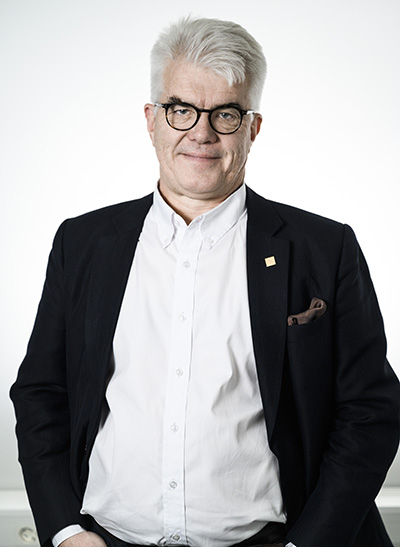Concrete collaboration drives UNITE! forward
The international university network UNITE! was founded a year ago with the aim of setting a new model for the European universities of the future. What has happened so far?
“We see how the plans are beginning to take shape, but we’ve also identified challenges both large and small,” says Stefan Östlund, Vice President for Global Relations, who shares responsibility for KTH’s participation in the initiative with the President."

Stefan Östlund notes that while it is still difficult to provide concrete examples of actual results, the working groups are hard at work. Today marked the third major meeting within the framework of UNITE!, conducted this time in digital form.
Collaboration is key
“I see UNITE! as being concrete, practical and activity-oriented. The models we develop must be translated into practical action in the form of substantive pilot projects, so that we can see actual results,” declares Stefan Östlund, adding:
“I’m not keen to make this project too broad. Instead, I want everyone to focus on the core issues.”
One important step for KTH is the ability to interact even more with partner universities in areas such as education.
“UNITE! must address basic issues such as regulations and the terms and conditions of students’ university studies, which vary between countries,” says Stefan Östlund and continues:
“Our work to promote increased student mobility may ultimately mean that our own national regulatory framework needs to be adjusted in order to harmonise with those of other countries.”
“Nowadays, it isn’t difficult to move a course digitally between universities. But issues relating to such matters as registration, grades, insurance and study financing must be resolved in a flexible and non-bureaucratic way,” says Stefan Östlund.
One important result of UNITE! is the collaboration itself. It encompasses how partner universities can co-use different resources, cooperate on staff exchanges, work together with innovation systems, and collaborate internationally with companies, as well as with cities and regions.
Stefan Östlund also emphasises:
“It’s important not to exaggerate what UNITE! can mean for each individual employee at KTH. Instead, our mindset should be: How can we use UNITE! to accomplish what we want to do? Collaboration within UNITE! should also become a matter of course in our everyday lives.”
What do you hope to accomplish by 2022?
“The most important thing is that UNITE! has a number of pilot projects underway where we put into practice the models we’ve developed for collaboration in education, mobility and research.”
Words: Marianne Norén

